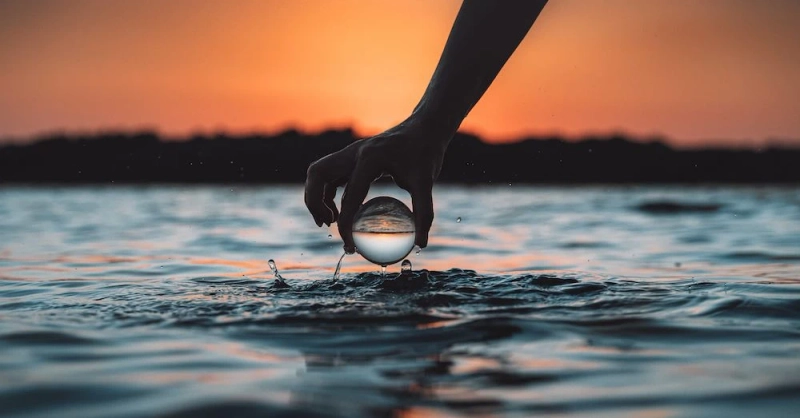Abstract fine art photography is a fascinating realm where the mundane transforms into something extraordinary. By focusing on shapes, textures, colors, and patterns, photographers create images that invite viewers to look beyond the surface and see the world differently. Whether you’re a seasoned photographer or a beginner, abstract photography offers limitless creative potential. Here’s how you can turn everyday objects into stunning works of art.
Understanding Abstract Photography
Abstract photography breaks free from traditional rules. It’s less about representing reality and more about evoking emotions or provoking thought. Often, the subject becomes secondary to the mood or idea conveyed by the image. The beauty of abstract photography lies in its ambiguity—viewers interpret the work based on their perspectives.
Techniques to Transform Ordinary into Extraordinary
1. Focus on Details
Zoom in on small details that are often overlooked. A rusty metal surface, peeling paint, or the veins of a leaf can serve as captivating subjects. Macro lenses are excellent tools for exploring these intricacies, but you can also use a regular lens with a close focus.
Example: Photographing the ripples on a water surface to highlight their ever-changing patterns.
2. Play with Light and Shadows
Light can dramatically alter how we perceive an object. Experiment with natural or artificial light sources to cast interesting shadows or highlight textures. Side lighting often works best for emphasizing depth and dimension.
Pro Tip: Use long exposures to capture light trails or create surreal effects.
3. Experiment with Colors
Color plays a vital role in abstract photography. Bright, contrasting hues can create a striking impact, while monochromatic palettes add a sense of mystery. Try using gels on your lights or colored filters to enhance your compositions.
Creative Idea: Capture reflections on colorful glass objects for a kaleidoscope-like effect.
4. Focus on Patterns and Repetition
Patterns exist everywhere—tiles, fences, fabrics, and nature. Highlighting repetition creates rhythm and balance in your photographs. Breaking the pattern slightly can add an element of surprise.
Example: A close-up of a row of stacked chairs with one chair askew creates visual interest.
5. Use Motion Blur
Deliberately moving your camera while taking a photo can create artistic motion blur. This technique is especially effective when photographing subjects like city lights or foliage.
How-To: Set a slow shutter speed and move your camera in a sweeping motion for painterly results.
6. Reflections and Refractions
Reflections on water, mirrors, or shiny surfaces can distort reality in mesmerizing ways. Similarly, glass prisms or water droplets refract light, producing unique patterns and colors.
Fun Tip: Place objects behind textured glass or plastic for intriguing distortions.
7. Defy Focus and Clarity
Sharp focus isn’t always necessary for compelling abstract images. Intentional camera movement or out-of-focus shots can produce dreamy, ethereal effects.
Creative Twist: Use a wide aperture to blur everything except a single focal point.
Finding Inspiration in the Everyday
At Home
- Look for interesting textures in fabrics, walls, or kitchen utensils.
- Use household items like wine glasses, soap bubbles, or cutlery to experiment with light and reflections.
In Nature
- Study the intricate patterns on tree bark, the randomness of cloud formations, or the symmetry of flowers.
In Urban Environments
- Focus on architectural details, graffiti, or worn surfaces. Even a puddle on the street can yield creative reflections.
Post-Processing Tips
Post-processing is an integral part of abstract photography. Tools like Adobe Photoshop or Lightroom allow you to adjust colors, contrast, and textures to enhance the abstract quality of your images.
- Increase Contrast: To emphasize patterns and textures.
- Play with Saturation: For vibrant, eye-catching results.
- Crop Strategically: To remove distractions and focus on key elements.
Final Thoughts
Abstract fine art photography is about seeing the world with fresh eyes. It’s a journey of discovery, where even the most ordinary object can become a canvas for artistic expression. By experimenting with techniques like light manipulation, color play, and focusing on details, you’ll uncover a wealth of creative opportunities.

